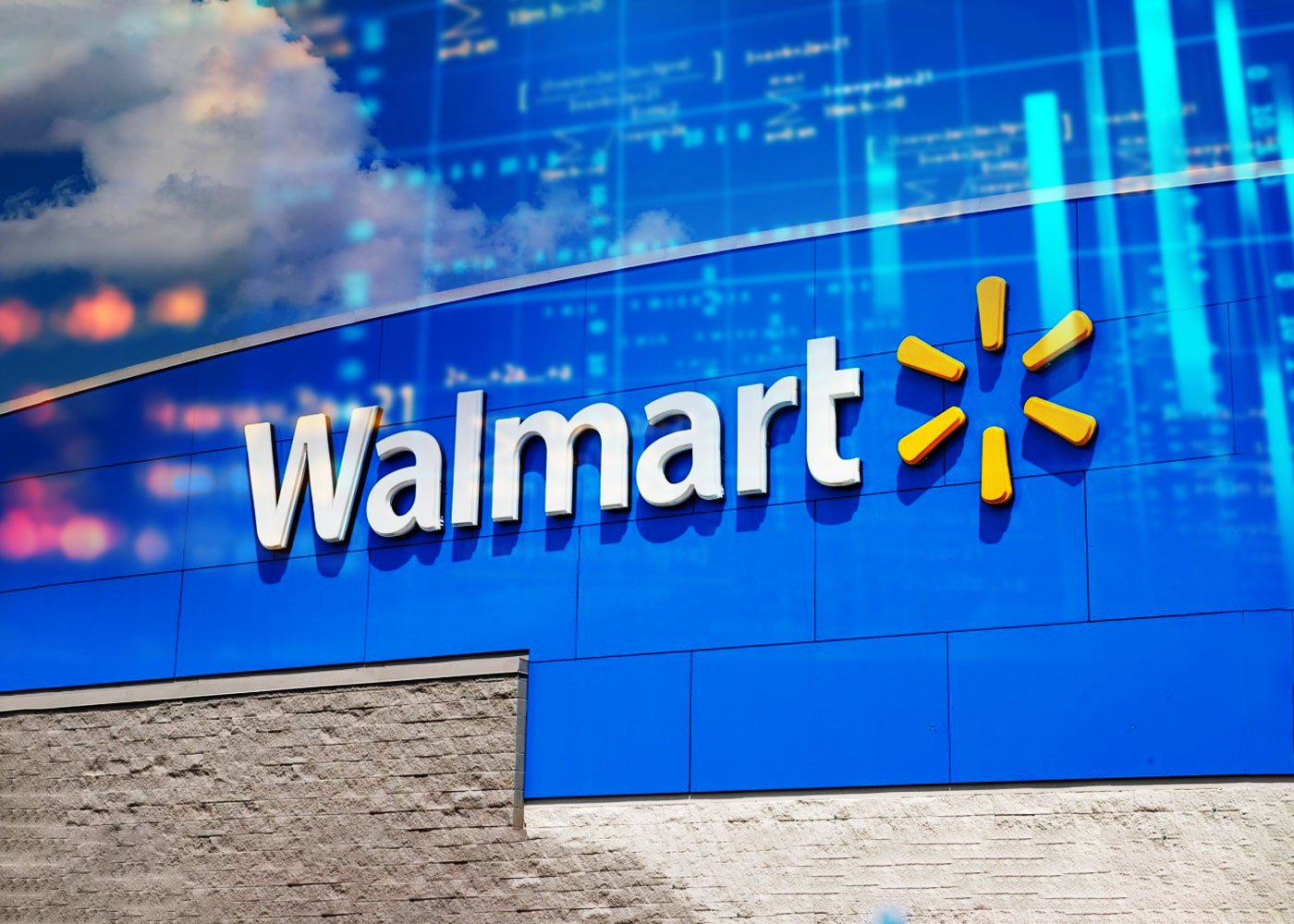
The Graph is an indexing system similar to IPFS and Ethereum for searching blockchain networks. This solution allows any user to develop an open API called SubGraph or Sub Graph. At the same time, the generated data will be made available and easier to process. The platform’s native token is called Graph Token (GRT).
The Graph protocol promises to improve data access and organization and enable the creation of blockchain-based applications by developers. The service of this protocol allows users to query liquidity issues, historical transaction volumes, and data for all Ethereum-based token assets.
How Exactly Does The Graph (GRT) Work?
The Graph indexes data and makes it accessible to Web3 and decentralized financial ecosystem applications via an API. It determines what data should be classified and how it should be categorized by considering data query functions and subgraphs. Subgraphs are used to define what smart contracts look for, what events are analyzed, and how the data is reconciled. At this stage, the definitions are presented in the form of a SubGraph declaration. Once the data to be indexed is defined, the graph command line is used to register the definition on the distributed network. The indexing phase is then started for the SubGraph created by the server service.

What Does Graph (GRT) Do?
Graph (GRT) performs four different functions (Indexer, Assigner, Organizer, and Consumer) on the network. These are listed below:
Indexer: indexers index and search IPFS and Blockchain using queries on subgraphs created specifically for this purpose.
Delegator: provides indexers and network decentralization without requiring a node. It improves efficiency by delegating existing GRT assets to indexers. In return for this contribution, the delegator is entitled to a share of the query costs incurred by indexers.
Curator: curators or users who create subparagraphs pay a fee. These subparagraphs contain information about the data to be indexed. Indexers collect the data and perform searches based on this information.
Consumers are network users who retrieve data from the graph and perform subgraph queries. They are charged for these GRT queries. The revenue is distributed to allocators and indexers.
How Does The Graph (GRT) Use Security?
ERC-20 Ethereum wallets are sufficient for The Graph (GRT) storage. Some bitcoin exchanges on the market support them. GRT deposits and withdrawals through this account are more secure.
Ethereum wallets are also useful for users who want to keep track of their account balance. Mobile, web, desktop and online wallets can be used for transactions. Indexers GRT can be discovered via mobile wallets that support the Wallet Connect architecture or via the Matemask wallet, which can be accessed through a web browser.







